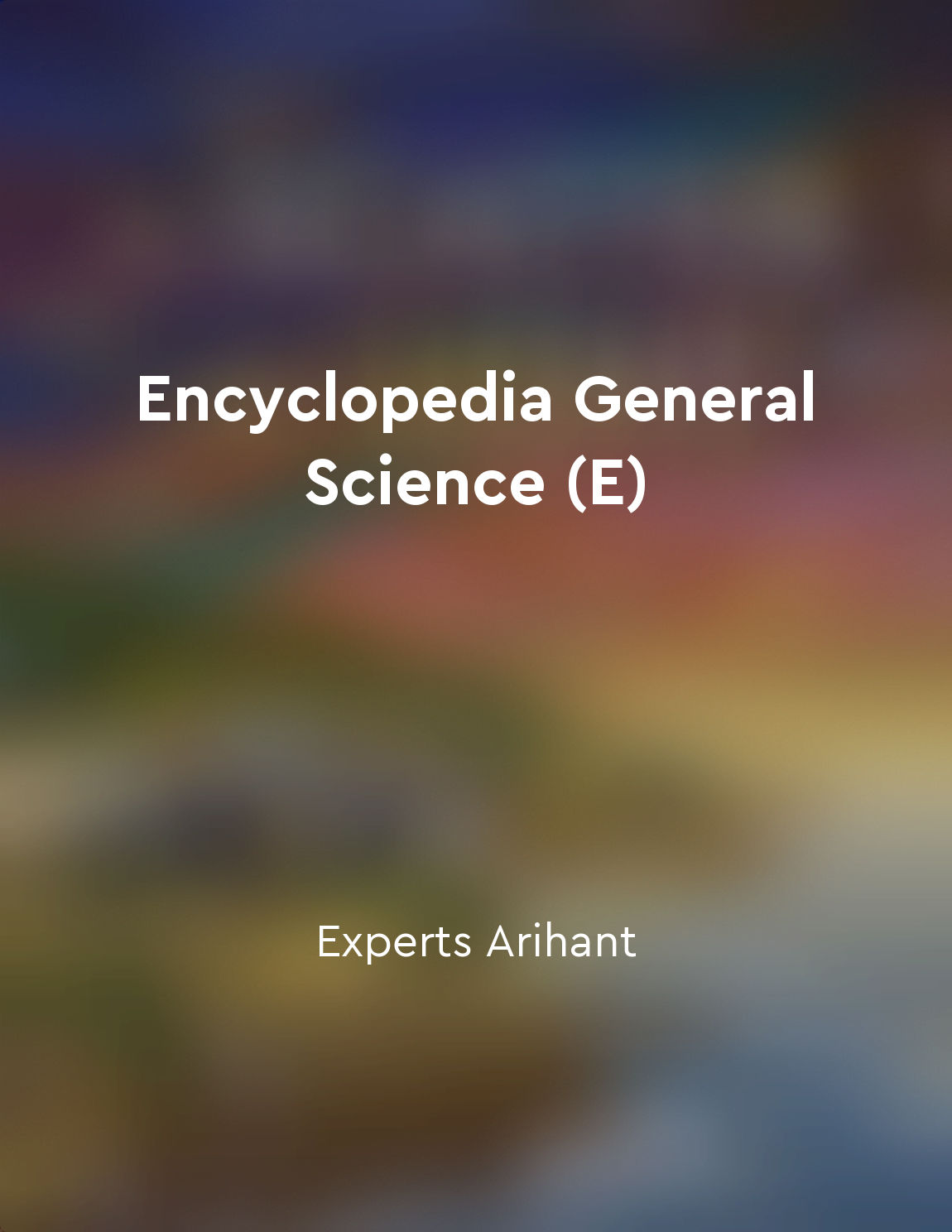Photosynthesis converts sunlight into energy from "summary" of The Biology Book by DK
Photosynthesis is a crucial process in the natural world, allowing plants to harness the energy of sunlight and convert it into chemical energy that can be used for growth and survival. This process takes place in the chloroplasts of plant cells, where specialized pigments such as chlorophyll capture sunlight and use it to power a series of chemical reactions. During photosynthesis, carbon dioxide from the air is taken in by the plant and combined with water from the soil. Using the energy from sunlight, these raw materials are transformed into glucose, a simple sugar that serves as a source of energy for the plant. Oxygen is also produced as a byproduct of this process, which is released into the atmosphere and used by other organisms for respiration. The overall equation for photosynthe...Similar Posts
The author's passion for nature shines through his writing
It is abundantly clear that nature holds a special place in the heart of the writer of 'The Natural History of Selborne'. His v...

Meteorology deals with the study of the atmosphere and weather patterns
Meteorology is a branch of science that is concerned with the study of the atmosphere and weather patterns. This field of study...
Human activities, such as burning fossil fuels and deforestation, are contributing to changes in the Earth's climate
Human activities are having a significant impact on the Earth's climate. The burning of fossil fuels releases large amounts of ...
